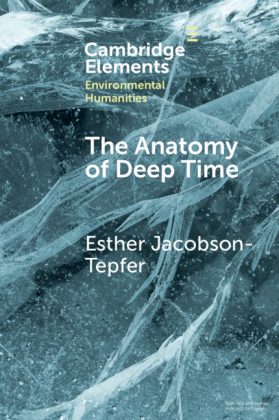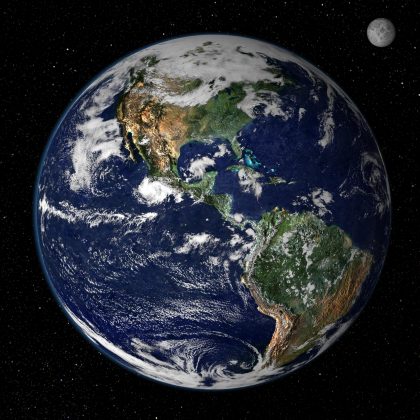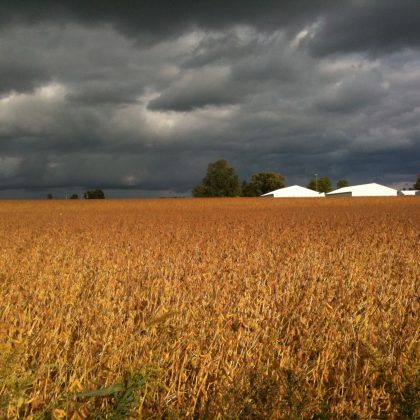Introducing a New Cambridge Elements Series for Environmental Humanities
An exciting new series has just appeared in Cambridge Elements focusing on Environmental Humanities, a new trans-disciplinary complex of approaches that reexamine our species’ history in light of the drastic climate changes that may end the Holocene period in which homo sapiens has flourished.
Present challenges require thinking beyond the usual disciplinary categories to embrace a more hybrid, inclusive, and participatory mode of research and debate. In all the multilayered turbulence of the Anthropocene, it is increasingly obvious that the environment is not just “out there.” It is everywhere, inside our bodies and discourses as well as all around us; it is the dynamic web or flesh of living and non-living components with which we are intertwined. If subjects, agents, and dynamics are collective and elementally intermingled, the humanities must engage in conversation with scientific fields of study and the social sciences.
From this need—the need to see how human stories emerge from and converge with the stories of the more-than-human beings around and within us—come the environmental humanities. They seek to respond to the urgent intellectual challenge that has emerged with the awareness that disruptive climate events and resource depletion are shaping a new global reality.
This revolutionary new complex of approaches must include not only the traditional expressive traditions of music, the visual arts, history, literature, and philosophy, but also earth sciences and evolutionary biology, physics and cosmology. These sciences help to illuminate the relationship of human culture and its representations of experience to deep geological history marked by sea level changes and catastrophic events such as earthquakes, volcanic eruptions, meteor strikes, and droughts. Humanities can contribute significantly to the understanding of environmental change, as this understanding is rooted in cultural practices and value decisions and behaviors within a constantly evolving natural world.
The Western definition of “man” shaped by Enlightenment thought is fatally challenged by the theoretical revisions of post-human theory, gender and queer theory, evolutionary biology, and animal studies, as well as radical philosophies embodying the insights of biology, geology, and physics of the past two hundred years. The social sciences, urban studies, and architecture offer perspectives on sociopolitical forces and built environments inextricably involved in wider ecosystems.

Ethical challenges of unequal access to healthy living spaces, and deliberate environmental destruction and pollution have given rise to environmental justice as a rich interdisciplinary topic and also to new artistic works from affected communities: those depicting blighted circumstances in poisoned industrial zones, urban food deserts, and colonized landscapes of mineral extraction destructive of healthy ecosystems. Environmental justice research also includes work on rural communities, food systems in ecological contexts, and hydrological disasters such as the destruction in the Niger Delta by petroleum production that affect humans and all other living forms. But many narratives of affected communities also speak of resilience and vital community action to challenge stories of oppression and hopelessness. All these narratives are an essential aspect of the Environmental Humanities.
The Cambridge Elements series in Environmental Humanities will offer a coherent group of studies presenting major interdisciplinary research perspectives in these areas. They will be relatively brief (30,000 words) but more substantial than the articles and chapters that have appeared from major presses in the past several years. The series will publish work that contributes significantly to the definition and future direction of environmental humanities that is becoming a key aspect of the liberal arts and an indispensable reorientation of twenty-first century intellectual life.
Our first Element is now available online: The Anatomy of Deep Time: Rock Art and Landscape in the Altai Mountains of Mongolia by Esther Jacobson-Tepfer.
Soon to follow are Beyond the Anthropological Difference by Matthew Calarco, and The Environmental Humanities and the Ancient World: Questions and Perspectives by Christopher Schliephake.






